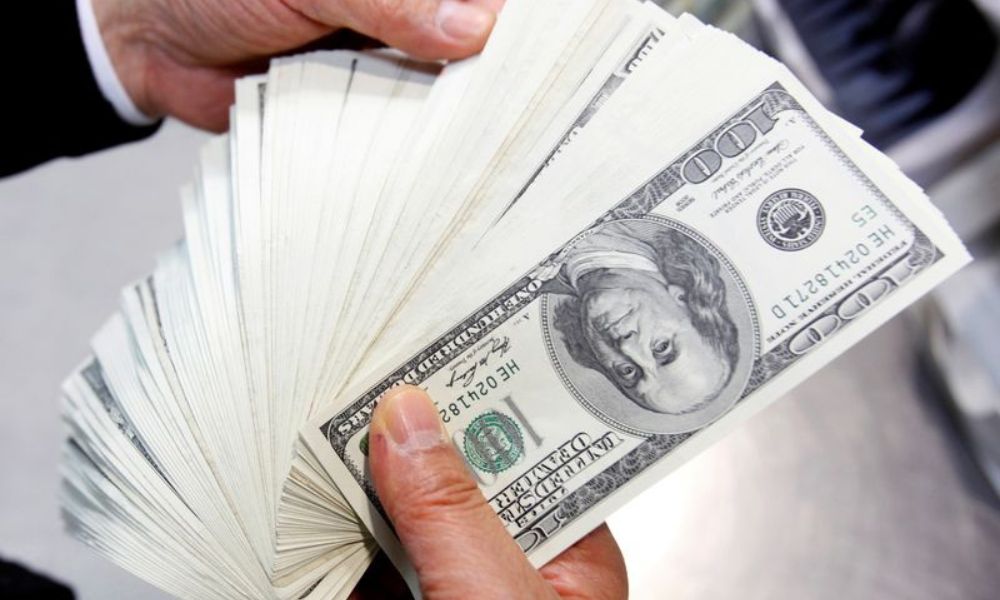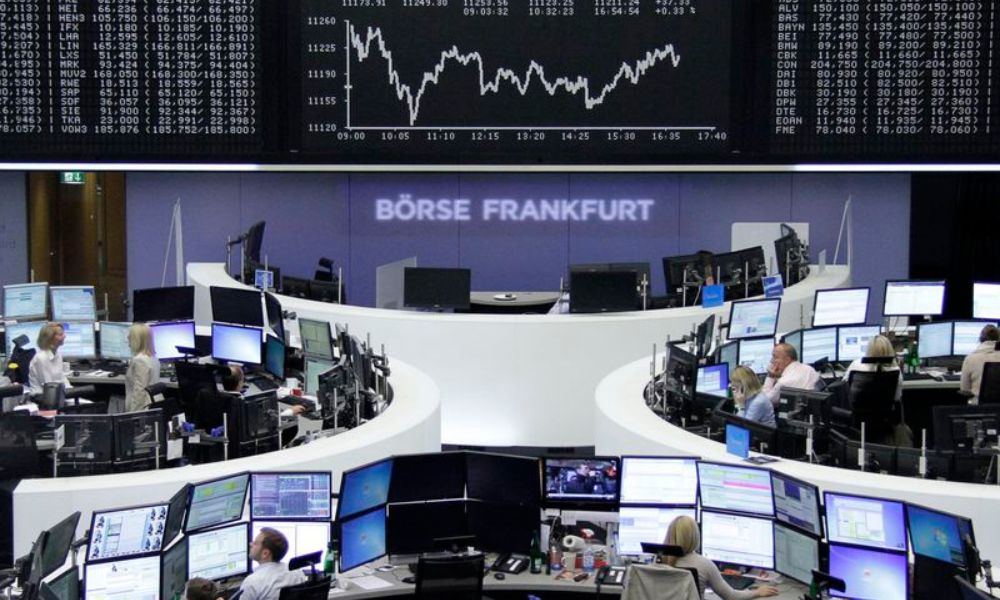
The dollar turned decisively higher on Tuesday as traders struggled to get a grip on the diverging growth outlooks between the world's two largest economies, while at the same time grew immune to another disappointing set of Chinese trade figures.
China's exports fell an annual 14.5% in July while imports contracted 12.4%, data on Tuesday showed, marking the biggest decline in outbound shipments from the world's second largest economy since February 2020.
The yuan and the Australian and New Zealand dollars extended their fall in an initial knee-jerk reaction to the figures, but soon pared some of those losses on the belief that the weak data only reinforced the need for further stimulus measures from Beijing.
The offshore yuan was last 0.24% lower at 7.2214, while the Aussie slipped 0.35% to $0.6551. The kiwi fell 0.27% to $0.60905. The two Antipodean currencies are often used as liquid proxies for the Chinese yuan.
| Are you a Tax Lawyer in USA? 👉Transform Your Brand: Click for Metamorphosis👈 |
"Those weaker exports and imports figures just underscores the weak external and domestic demand in the Chinese economy," said Carol Kong, a currency strategist at Commonwealth Bank of Australia (OTC:CMWAY).
"I think markets have grown increasingly insensitive to disappointing Chinese economic figures ... we've got to a point where weak data will just reinforce calls for further policy support."
Elsewhere, the U.S. dollar rose broadly and eked out a 0.6% gain against its Japanese counterpart to last trade at 143.31 yen.
Data on Tuesday showed that Japanese real wages fell for a 15th straight month in June on relentless price hikes, but nominal pay growth remained robust amid rising salaries for high-income workers and a broadening labour crunch.
While currency moves had been minimal in the early Asian day, the dollar extended its gains over the course of the trading session as risk sentiment turned fragile and Asian stocks failed to ride Wall Street's rally.
"It's become a wave of U.S. dollar buying for sure," said Sean Callow, a senior currency strategist at Westpac. "Perhaps the market was just expecting that there would be a more upbeat tone to risk appetite today, given U.S. equities rallied."
Sterling edged 0.25% lower to $1.2753, while the euro fell 0.17% to $1.0982. The common currency had slipped against the U.S. dollar in the previous session on news that German industrial production dropped more strongly than forecast in June.
The dollar index rose 0.26% to 102.34, edging away from a one-week low it hit on Friday in the wake of a mixed U.S. jobs report which pointed to a cooling, but still resilient labour market.
That added to hopes of a soft-landing scenario in the world's largest economy even in the face of the Federal Reserve's aggressive rate hikes.
All eyes are now on Thursday's inflation data where expectations are for core consumer prices in the United States to have risen 4.8% on an annual basis in July.
"Some will argue that U.S. growth is very robust at present, which would naturally cause greater inflation risk," said Gary Dugan, chief investment officer at Dalma Capital.
"With the Fed's interest rate policymaking remaining data dependent, every data point has been eliciting an even higher level of vigilance."
|
HOT TOPICS |
|
-1691405501.jpg) |
How To Build Wealth With Whole Life Insurance: Tips And Tricks On Wealth Building |
 |
|
 |
Evergrande Services Arm Shares Halve As Trading Resumes After 16 Months |